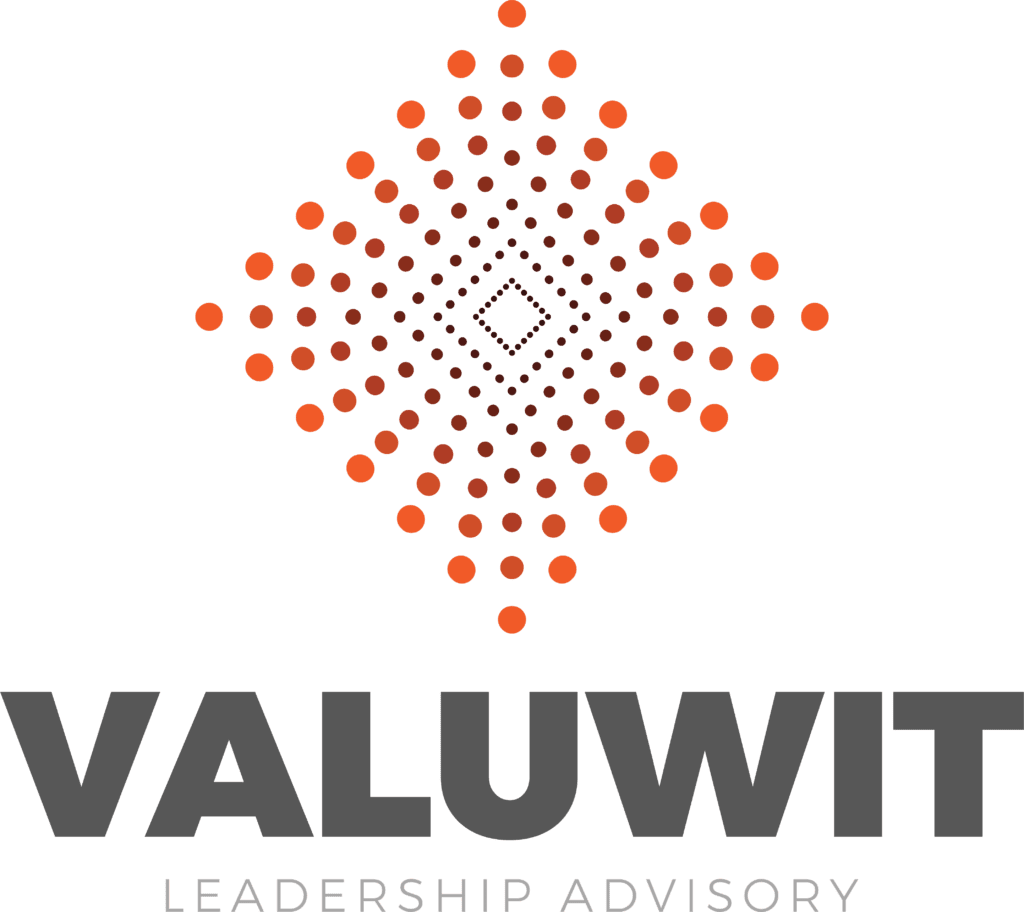Cash Burn Rate: Understanding This Critical Startup Metric
One of the key metrics investors and entrepreneurs focus on is the cash burn rate. Put simply, it is how fast a company uses, or rather “burns through” its available cash.
A relatively new term in the investment world, and often associated with tech startups or companies that working on scaling fast. The term is used to communicate and keep track of the runway available for a given business, which is the time (months) left to survive based on current funding resources. A runway is simply cash reserves divided by the current monthly burn.
Cash burn is broken down into net burn rate, which is the net cash resulting from inflows and outflows; and gross burn rate, which refers to only the outgoing monthly expenses.
What is a Healthy Cash Burn Rate?
Companies have to spend money to make money. From development and testing, to marketing and sales, hiring top talents in the market, to scaling the team to expand to regional markets.
“Calculating your startup’s financing is like entering a war,” says VALUWIT’s CEO, Tamer Gouda, “You need exceptional planning, aim for the highest outcome, and at a maximum allow only for a variation of 5%.”
Unfortunately, many companies either overestimate their financial needs and as a result monthly burn rate or their return on investment (ROI) from sales.
This problem tends to be more prevalent in tech startups in their development phase.
That said, when it comes to a healthy rate, whether runway or cash burn, it largely depends on the nature of the product developed, the industry, the stability of the currency funding is received in, and the stage the startup is in, whether in pre-seed, seed, Series A, Series B, or beyond that.
However, some research suggests businesses should have a runway of 12 to 18 months, while other experts recommend 18 to 24 months.
Companies That Burnt Through it All
One of the biggest, and most notable, examples of companies with a high burn rate was Fast.
In January 2021, online checkout startup Fast announced closing a $102 million Series B, led by Stripe. The finance giant had previously invested $20 million in the startup. Fast forward to April 2022, Fast, which had described itself as a “trailblazer,” announced shutting its doors.
Following the $102 million cash injection, Fast began burning through its cash ‘fast.’ From hiring 400 employees to shady and expensive marketing campaigns, the company’s cash burn reached $10 million a month!
In terms of earnings, Fast reported $600,000 in total revenue in 2021.
WeWork is another company that dimmed its lights because of cash burn. Its pricing model relied on “taking long-term leases and renting out spaces for the short term.” Though the pandemic was a major hit, the company’s pricing model meant it burn through millions, actually billions, in cash.
At one point, WeWork had a valuation of $47 billion. The company even went public in what Reuters described as a “botched IPO.” But its spending saw its shares drop to “near zero.”
How to Manage Cash Burn
Cash burn can make or break your business. Here are 6 strategies to ensure you don’t run out of cash while you build and grow your business.
1- Cash Flow Forecasting
Conduct a cash flow forecast to estimate how much you need to spend and how much cash is incoming over a period of time.
An accurate cash flow forecast ensures you know when cash is likely to run low, when to cut costs, and when to delay spending or outflows if your burn rate increases suddenly. It also ensures you keep an eye on your cash position so you never run out.
More important than creating a cash flow forecast, is to update regularly to reflect changes in your business.
Furthermore, a cash flow forecast helps you see how much each product or business line contributes to your overall business and burn rate, which brings us to the next point.
2- Address Top Cash-Burning Operations
Through your business audit and cash flow forecast, you can identify the top activities and departments consuming cash, and determine the ROI and potential cash inflow from each of them. If their contribution is minimal or has proven to be unessential, consider terminating them and finding new means to streamline operations and optimize inflows.
Review your customer and partner contracts and consider renegotiating or restructuring current contracts to improve cash burn.
3- Accelerate or Increase Inflows
This depends on your business’ current stage, whether your product is still in development, has hit the market, or if you’re testing the waters with an MVP.
Determine your revenue-generating initiatives and work towards finding more ways to increase inflows.
This can be in the form of partnerships, affiliates, short-term discounted offerings, early access, offering benefits to suppliers or vendors who pay on time, the list is endless.
4- Boost Cash Reserves
The most direct way to boost reserves is to attract more investment.
Another way is to delay your cash outflows. Look for ways to delay payments, such as negotiating better payment terms with suppliers, delaying non-essential expenses, and prioritizing spending.
5- Frequent, General Business Audits
Besides reviewing financials, revenue, expenses, and contracts, audit other aspects of your business. This includes your marketing and sales strategies, your recruitment strategies, performance fluctuations, customer acquisition and retention strategies, and more.
The purpose of these audits is to ensure you’re not wasting money in one specific department or area over another, while reviewing the ROI of your various business initiatives.
Additionally, reviewing your pricing strategy could be part of your broad business audit to ensure your current strategy serves you best.
As you have seen with WeWork, the company’s pricing model sent it down the drain. It was taking on long-term debt and leasing at short-term and low fees. A recipe for failure, especially if maintained for long.
It’s a 360-Degree Approach
Cash burn, its rate, and the resulting runway are all based on each company’s overall situation. However, healthy business practices ensure a healthy burn rate and sustainable growth.
One of those aspects is maximizing resource usage. Identify departments that can be consolidated and implement procedural enhancements.
Another is to outsource less fundamental operations like HR, payroll, distribution, and marketing. This reduces employment costs as well as allows your team the space to be more productive and unhindered by administrative work.
Use AI and automation to speed up internal processes and streamline business operations like customer relationship management (CRM) input and updates.
Focus on customer retention and churn rate, especially if you’re a SaaS company. Encourage feedback and launch a well-planned feedback loop mechanism that allow you to respond fast to consumer behavior shifts.




